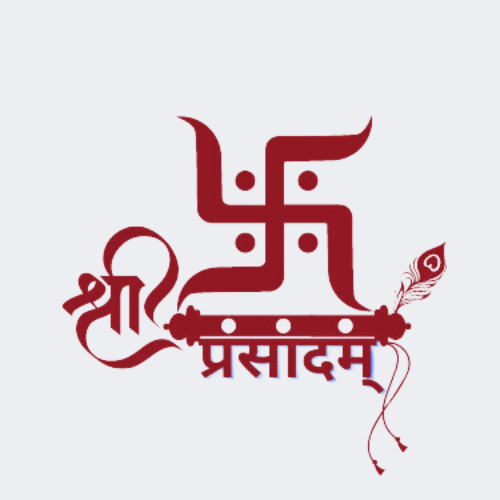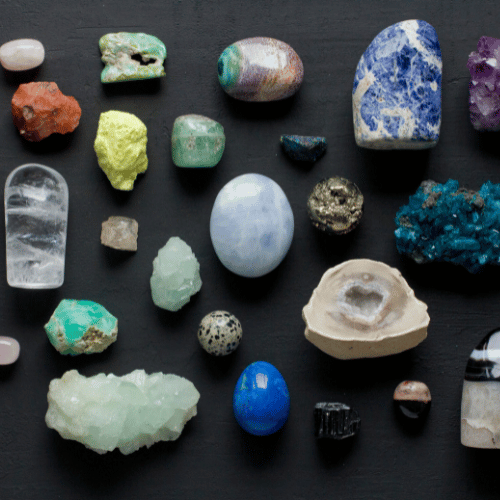Lord Vishnu is revered as the preserver and protector of the universe, a role that he fulfills through a series of divine incarnations known as the Dashavatara, in Hinduism. Let's discuss 10 Avatars Of Vishnu In Order With Pictures.
The term "Dashavatara" means "10 Avatars", with each avatar representing a different manifestation of Vishnu to restore cosmic balance and order.
The concept of avatars underscores Vishnu's commitment to the welfare of the world, demonstrating his ability to assume different forms to address specific challenges and threats facing humanity and the universe.
The Dashavatara are spread across different yugas (ages) in Hindu cosmology, symbolizing the timeless and cyclical nature of creation, preservation and destruction. Each avatar emerges during a critical juncture when dharma (righteousness) is under threat and adharma (unrighteousness) prevails.
Ten avatars of Lord Vishnu not only addresses the immediate threat, but also imparts important moral and philosophical lessons. They are celebrated in various texts, including the Puranas and the Mahabharata, and are deeply embedded in Hindu art, Vishnu Murti’s culture and religious practices.
The following detailed descriptions of the ten avatars of vishnu provide insight into their significance, characteristics, and the profound impact they have had on hindu belief and tradition.
1. Matsya (The Fish) Avatar
The Matsya avatar is depicted as a giant fish.
In this form, Lord Vishnu saved the sage Manu and the Saptarishis (seven great sages) from a great deluge. Matsya guided Manu's boat, which contained the seeds of all plants and animals of every species, to a safe place.
Matsya is a symbol of preservation and salvation, signifying Vishnu's role in protecting the world from destruction.
2. Kurma (The Tortoise) Avatar
Kurma is depicted as a tortoise.
Lord Vishnu took this form to support Mount Mandara, which was used as the churning rod during the Samudra manthan to obtain the nectar of immortality.
Kurma symbolizes stability and endurance, providing assistance during the cosmic churning that resulted in the creation of various divine objects and beings.
3. Varaha (The Boar) Avatar
Varaha is depicted as a boar.
Vishnu assumed this form to save the Earth (as the Goddess Bhudevi) from the demon Hiranyaksha, who had drowned it in the cosmic ocean.
Varaha symbolizes strength and the power to restore stability and order to the Earth.
4. Narasimha (The Man-Lion) Avatar
Narasimha is depicted with the head of a lion and the body of a human.
Vishnu took this form to protect his devotee Prahlada and defeat the demon Hiranyakashipu, who could not be killed by man or animal.
Narasimha represents divine protection and destruction of evil, symbolizing the power of righteousness and devotion.
5. Vamana (The Dwarf) Avatar
Vamana is depicted as a dwarf Brahmin.
Vishnu took this form to subdue the demon king Bali, who had gained control of the three worlds. Vamana asked for three steps of land and then expanded to cover the entire universe in three steps.
Vamana represents humility and the concept of divine control over the universe, emphasizing the importance of restraint and respect towards God.
6. Parashurama (The Warrior with an Axe) Avatar
Parashurama is depicted with an Axe (parashu) and is known as a Brahman warrior.
Lord Vishnu incarnated as Parashurama to free the world from corrupt Kshatriya rulers and restore order.
Parashurama represents a combination of martial prowess and asceticism, signifying a balance of karma and renunciation.
7. Rama (The Prince of Ayodhya) Avatar
Rama is depicted as a prince wielding a bow and arrow.
Lord Rama is the hero of the epic Ramayana, known for his virtuous rule and his battle against the demon king Ravana to rescue his wife Sita.
Rama symbolizes dharma (righteousness), ideal kingship, and the values of virtue and devotion.
8. Krishna (The Divine Lover) Avatar
Krishna is depicted as a young man with a flute.
He is a central figure in the Mahabharata and the Bhagavad Gita.
Krishna is famous for his divine playfulness, teachings, and his role as Arjuna's charioteer.
Krishna represents divine love, compassion, and the teachings of the Bhagavad Gita, which emphasize the path of spiritual attainment and devotion.
9. Buddha (The Enlightened One) Avatar
Buddha is depicted as a calm man sitting in meditation.
Although not all lists of the Dashavatara traditionally include Buddha, many Hindu traditions recognize Buddha as an avatar who came to teach compassion and nonviolence.
Buddha is a symbol of enlightenment, compassion, and promoting a peaceful path toward liberation from suffering.
10. Kalki (The Future Warrior) Avatar
Kalki is depicted as a future warrior riding a white horse and wielding a sword.
This avatar is prophesied to appear at the end of the current age, Kali Yuga, to destroy the forces of evil and restore righteousness.
Kalki represents the future hope for the restoration of cosmic order and the renewal of dharma.
The Final Words About Dashavatara of Lord Vishnu
The Dashavatara of Vishnu is not just a collection of mythological stories; it represents a profound spiritual and ethical framework within Hinduism.
The avatars collectively reflect the concept of dharma, the principle of cosmic order and righteousness. Through his incarnations, Vishnu demonstrates that dharma must be maintained at all costs, and that whenever it is in danger, divine intervention will occur.
In short, the 10 Avatars of Lord Vishnu is not only a testimony to God's commitment to preserving the universe, but also a rich collection of stories that provide timeless wisdom and moral guidance.












